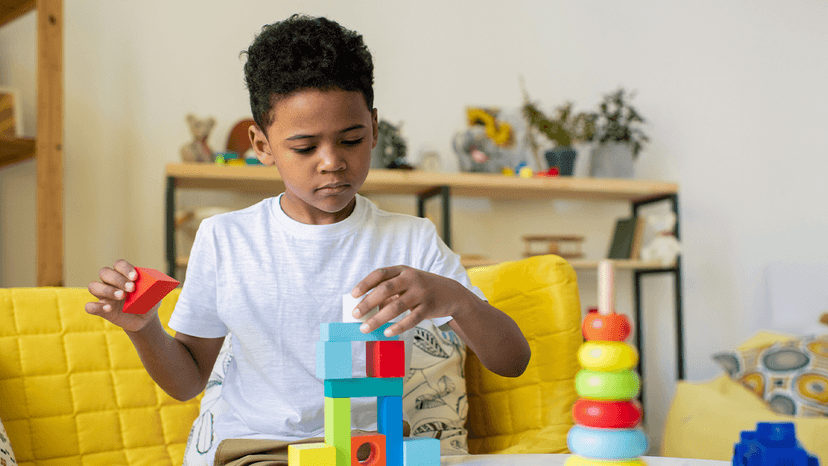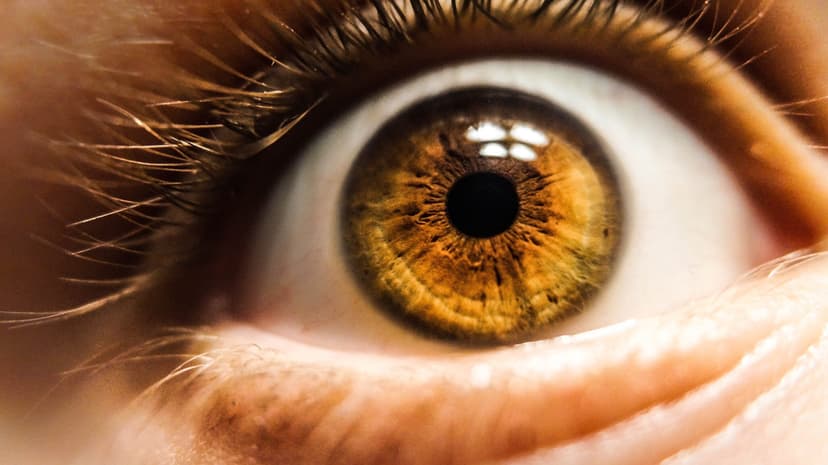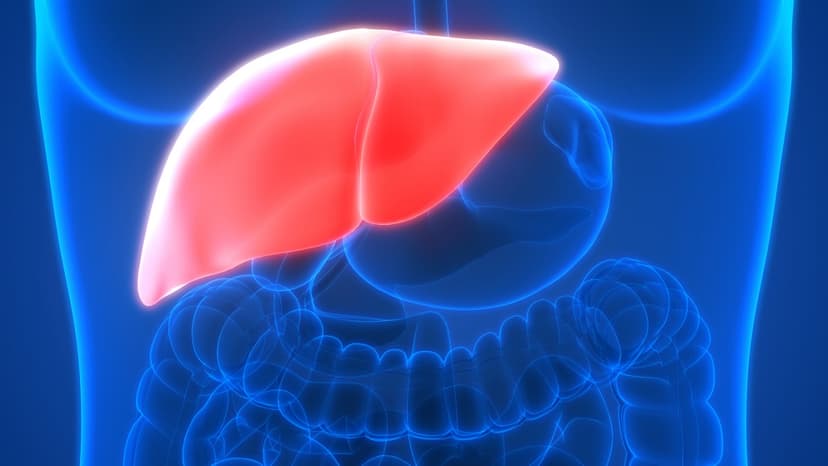Contents
What are the latest treatments for autism?
The latest treatments for autism focus on personalization, early brain development, and biological balance rather than standardized approaches. In 2025, medical and behavioral specialists increasingly tailor interventions to each child’s unique combination of behaviors, neurological patterns, and sometimes genetic markers. This shift reflects a move toward individualized care that considers how the brain develops, communicates, and responds to external support.
Researchers are now using advanced tools such as RNA sequencing and neuroimaging to better understand how autism develops at the molecular and structural levels. These technologies allow doctors to identify which neural pathways or biological processes are affected and to select therapies that directly target those areas.
Children typically achieve the best outcomes when their care plans combine several approaches. These may include behavioral therapy, targeted nutrition, speech and occupational therapy, and in some cases, neurobiological or medication-based interventions. Together, these create a structured and adaptable plan known as personalized treatment for autism spectrum disorder (ASD). The goal is to support each child’s individual development by addressing their specific strengths and challenges, promoting long-term progress rather than relying on one-size-fits-all therapy models.
Are there new therapies for autism spectrum disorder?
In recent years, several new therapies for autism spectrum disorder (ASD) have been developed and are currently being evaluated in clinics and research centers around the world. These emerging treatments combine brain-based methods, sensory therapies, and biological approaches aimed at improving communication, focus, and emotional regulation.
One promising approach is transcranial magnetic stimulation (TMS), a noninvasive technique that gently activates underactive regions of the brain involved in emotion and social interaction. Early studies suggest that children who receive TMS sessions may show improvements in eye contact, attention, and social engagement after consistent treatment.
Another growing area of research explores the immune system’s role in autism. Some children with ASD display signs of immune dysregulation or chronic inflammation. In such cases, carefully guided therapies that balance immune responses have shown encouraging effects on behavior, focus, and energy levels. Although these treatments are still under investigation, they represent a new generation of personalized autism therapies designed to address underlying biological mechanisms rather than symptoms alone.
How is autism treated today?
Autism treatment today combines behavioral therapies, communication support, and emerging biomedical approaches designed to address each child’s individual needs. Traditional methods such as Applied Behavior Analysis (ABA), speech therapy, and occupational therapy remain foundational, helping children build communication, social, and daily living skills.
What has changed in recent years is the integration of precision medicine and technology-driven tools into autism care. Biomedical approaches may include nutritional support, microbiome regulation, and metabolic or neurological assessments that identify underlying imbalances. At the same time, tech-based platforms such as AI-assisted learning programs and digital behavior tracking provide personalized insights that help adjust therapy in real time.
This combination of traditional and modern methods represents a more comprehensive treatment strategy for autism, focusing on the child’s biological, behavioral, and cognitive development together. The result is a more adaptive and effective care model that evolves with the child’s growth and changing needs.

One of the most notable shifts is the integration of emerging drug therapies like Balovaptan, a vasopressin receptor antagonist studied for improving social behaviors.Although not yet approved for wide use, trials showed it could enhance social understanding and reduce anxiety in some individuals with autism. Another promising option is Suramin, a 100-year-old antiparasitic drug now being tested for its ability to block certain cellular signals linked to autism-related behaviors. In early-stage studies, it showed improvements in speech and social responsiveness, especially in younger children.
CM-AT, an enzyme-based therapy aimed at children with digestive enzyme deficiencies and autism, has shown potential in improving digestion and language development. The treatment targets protein digestion in the gut, which may influence neurological function via the gut-brain axis. This highlights a growing focus on biological and metabolic processes in autism care.
Beyond pharmaceuticals, stem cell therapy is becoming more widely explored, especially in countries like Turkey. It's believed to help reduce neuroinflammation and support brain repair processes, though results vary and long-term safety data are still being collected.
Other modern tools shaping how autism is treated today include:
- Telemedicine: Online consultations and therapy sessions have expanded access for families in remote areas or during post-pandemic restrictions. It allows consistent, structured support without the need for in-person visits.
- Hyperbaric Oxygen Therapy (HBOT): This method involves breathing pure oxygen in a pressurized room and is being studied for its effects on reducing brain inflammation and improving attention or mood regulation. Some parents report clearer speech and better sleep patterns, though the evidence remains mixed.
- Nirsevimab: Though primarily developed for RSV prevention, research into how this antibody might protect vulnerable neurological development in infants — especially those with risk factors for autism — is ongoing.
Together, these treatments represent a shift away from one-size-fits-all approaches and toward more adaptive, therapy autism treatment models. Most care plans still center around building daily life skills, but now with the added support of targeted science-based methods — all aiming to offer children a better chance at long-term development.
Can autism be treated with personalized medicine?
Yes, personalized medicine is becoming a more common way to treat autism, especially for children with unique health or developmental needs. This approach means that treatments are designed around the child’s specific symptoms, health background, and sometimes even their genes.

For example, if a child has certain food sensitivities or immune reactions, doctors may include a special diet, supplements, or mild medications to support better brain function. This is very different from offering the same program to every child with autism.
Personalized medicine can involve advanced testing. Some families choose genetic testing or lab work to see if there are underlying issues like vitamin deficiencies or metabolic imbalances. While these don’t apply to every child, they’re helpful in building a treatment plan that truly fits the individual.
What breakthroughs are happening in autism treatment?
Recent breakthroughs in autism treatment include stem cell therapy, new medications, and therapies focused on the gut-brain connection. These are still being studied, but early results show that some children respond well — especially those with more severe symptoms.
Some of the promising breakthroughs include:
- Stem cell therapy: Clinics in places like Turkey offer this option. Early results show it may reduce aggressive behavior and improve speech in some children.
- Microbiome therapy: Some children have imbalances in their gut bacteria that affect behavior. New research looks at using probiotics or microbiome transplants to support better emotional regulation.
- Brain-based drug testing: Scientists are studying how to “quiet” areas of the brain that are overactive or help underactive areas work better using new, more targeted drugs.
Although none of these are officially considered an autism cure found, they offer new hope for symptom relief and improved daily function.
Are there new drugs available for treating autism?
Yes, new drugs are being developed to support children with autism, especially for issues like anxiety, sensory problems, and irritability. These drugs are different from older medications, which often caused heavy side effects and were not tailored to the needs of children with ASD.

Some drugs under study now include:
- Arbaclofen: Helps with social withdrawal and calming overactive responses.
- Suramin: Originally used for other medical conditions, it’s now being tested to see if it can reduce repetitive behaviors in children with autism.
- Oxytocin nasal spray: Being studied for its possible effects on social bonding and emotional awareness.
These drugs are not meant to replace therapy. Instead, they are part of a larger plan and work best when combined with other supports like communication training or family guidance.
How effective is early intervention for autism treatment?
Early intervention is one of the most critical and effective components of autism treatment. Beginning support as early as possible, ideally before the age of three, significantly increases a child’s ability to develop communication, learning, and social interaction skills. At this stage, the brain is highly adaptable, allowing targeted therapies to create lasting improvements in neural connections and behavior.
When early intervention is introduced, children often make measurable progress in areas such as eye contact, speech clarity, emotional regulation, and social engagement. Structured activities and guided interactions help the child connect better with caregivers and peers.
Even small, consistent steps like encouraging a toddler to respond to their name, point to objects, or follow another person’s gaze play a crucial role in shaping developmental progress. These gradual improvements build a foundation for stronger communication and cognitive growth later in life. While results take time, the cumulative effect of early and consistent support often leads to greater independence and better long-term outcomes.
Role of environmental risk factors in personalized autism treatments
Environmental factors like prenatal health, toxin exposure, or diet can influence autism symptoms and are now part of some personalized treatment plans. These factors don’t cause autism on their own but can affect how severe the symptoms are or how the child responds to therapy.
For example, if a child was exposed to certain medications in the womb or had early-life infections, doctors may include special antioxidants or detox methods in the plan. Gut health is another area researchers focus on, since it’s strongly linked to mood, focus, and energy.
When these factors are identified early, they can guide changes to the child’s diet, supplements, or environment. These are part of what makes latest autism treatment options more customized and potentially more effective.
Genetic-based treatments for autism spectrum disorder
Genetic-based treatments are emerging as one of the most promising areas in autism research, particularly for cases linked to single-gene mutations. While these therapies are still in the experimental phase, they mark a major step forward in understanding and addressing the biological roots of certain types of autism.
Researchers are developing techniques such as gene editing and targeted molecular therapy to correct or silence specific genetic variations that disrupt brain development. Early trials have shown encouraging progress, especially in conditions like Fragile X Syndrome, where modifying gene expression has led to measurable improvements in behavior and cognition.
These treatments are not yet available for all forms of autism, but they provide meaningful hope for families affected by genetically defined subtypes. As clinical research advances, genetic-based therapies may eventually become part of personalized autism care, offering targeted solutions that address the condition at its source.




